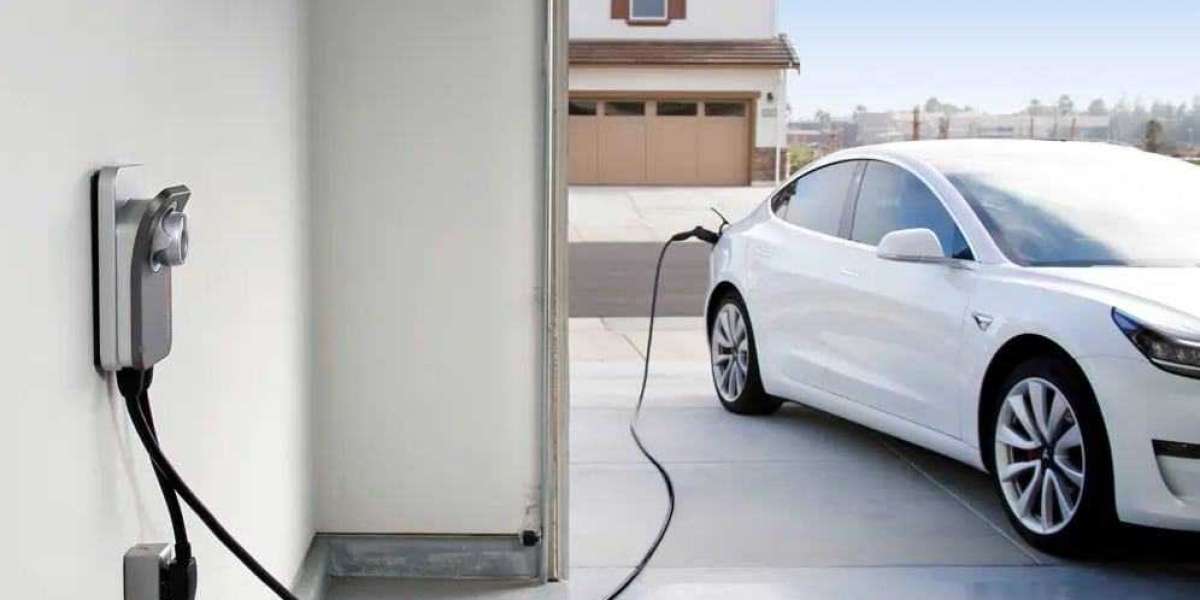As electric vehicles (EVs) become increasingly popular, the need for convenient and efficient charging solutions grows as well. One of the most convenient options for EV owners is installing an EV charger at home. This not only provides the convenience of charging your vehicle overnight but also ensures that your EV is always ready for your next journey. In this article, we will explore the benefits of having an EV charger at home, the different types available, and how to go about installing one.
Benefits of Installing an EV Charger at Home
Having an EV charger at home offers numerous advantages for electric vehicle owners. Firstly, it eliminates the need to visit public charging stations regularly, saving both time and money. Instead of having to plan your trips around charging stations, you can simply plug in your EV whenever it's convenient for you, whether that's overnight or during off-peak hours.
Additionally, charging your EV at home provides a level of convenience and peace of mind. You no longer have to worry about finding an available charging station or dealing with the inconvenience of a station being out of service. With a charger installed at home, you have full control over your charging schedule, ensuring that your EV is always ready to go when you need it.
Types of EV Chargers for Home Use
When it comes to choosing an EV charger for home use, there are several options available to suit different needs and preferences. The two main types of chargers are Level 1 and Level 2 chargers.
Level 1 chargers are typically included with the purchase of an electric vehicle and can be plugged into a standard 120-volt household outlet. While convenient for occasional use or emergencies, Level 1 chargers are relatively slow, typically providing around 4-5 miles of range per hour of charging.
In contrast, Level 2 chargers offer faster charging speeds and are the preferred option for most EV owners. These chargers require a 240-volt outlet, similar to what is used for large appliances like clothes dryers or electric stoves. Level 2 chargers can provide anywhere from 10 to 60 miles of range per hour of charging, depending on the EV and charger specifications.
Installing an EV Charger at Home
The process of installing an EV charger at home can vary depending on factors such as the type of charger, your home's electrical setup, and local building codes. In many cases, it's advisable to hire a qualified electrician to ensure that the installation is done safely and correctly.
Before installing a charger, it's essential to determine the best location for it. Ideally, the charger should be installed in a convenient and easily accessible location, such as a garage or driveway. Additionally, you'll need to consider factors such as the distance from the electrical panel and any potential obstructions.
Once the location is determined, the electrician will need to install the necessary electrical wiring and circuitry to support the charger. This may involve upgrading your home's electrical panel or installing dedicated circuits specifically for the charger.
Once the electrical work is complete, the charger can be mounted and connected to the power supply. After installation, it's essential to test the charger to ensure that it's functioning correctly and safely.
conclusion
Installing an EV charger at home offers numerous benefits for electric vehicle owners, including convenience, cost savings, and peace of mind. By choosing the right charger and hiring a qualified electrician for installation, you can enjoy the convenience of charging your EV at home while contributing to a cleaner and more sustainable future.



